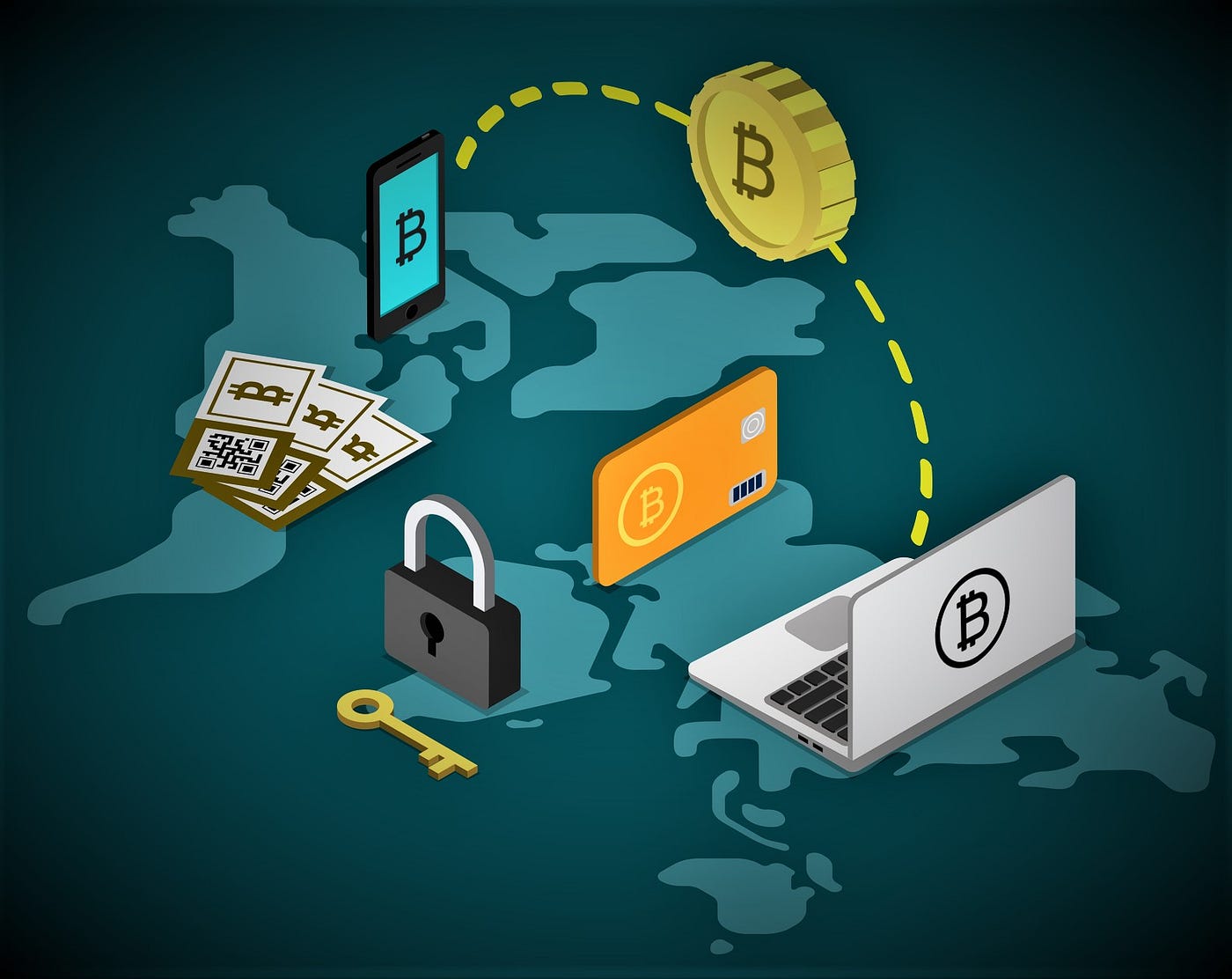Breaking Down Borders: A Step-by-Step Guide To Using Crypto For Seamless Cross-Border Payments
Breaking Down Borders: A Step-by-Step Guide to Using Crypto for Seamless Cross-Border Payments

- How To Use Blockchain For Transparent Voting And Governance
- The Best Crypto Debit Cards For 2024
- Blockchain Revolutionizes Supply Chain Transparency: How This Tech Breakthrough Is Changing The Game
- The Power Of Destruction: Unpacking The Concept Of Proof Of Burn And Its Lasting Impact On Crypto Supply
- Navigating The World Of Blockchain Upgrades Understanding Soft Forks
Imagine being able to send and receive money across the globe in mere seconds, without the need for intermediaries or ridiculous transaction fees. Sounds like a utopian dream, right? Well, thanks to the power of cryptocurrency, this dream is now a reality. In this article, we’ll take a closer look at how you can harness the potential of crypto to make cross-border payments a breeze.
The Problem with Traditional Payment Systems
Before we dive into the world of crypto, let’s take a moment to discuss the limitations of traditional payment systems. When sending money across borders, you’re often forced to contend with:
- Exorbitant transaction fees: Banks and money transfer services charge hefty fees for international transactions, eating into the amount the recipient receives.
- Slow processing times: International transfers can take days, or even weeks, to clear, causing delays and uncertainty.
- Complex regulations: Navigating the labyrinthine world of international financial regulations can be a nightmare, especially for individuals and small businesses.
Enter Crypto: The Game-Changing Solution
Cryptocurrencies like Bitcoin, Ethereum, and Litecoin offer a compelling alternative to traditional payment systems. By leveraging blockchain technology, crypto enables fast, secure, and affordable cross-border payments. Here’s how:
- Fast and Global: Crypto transactions are processed on a decentralized network, allowing for near-instant settlement, regardless of the sender’s and recipient’s location.
- Low Fees: Transaction fees for crypto are typically a fraction of those charged by traditional payment systems, making it an attractive option for individuals and businesses alike.
- Decentralized and Autonomous: Crypto operates independently of traditional financial systems, reducing the need for intermediaries and minimizing the risk of censorship or freezes.
A Step-by-Step Guide to Using Crypto for Cross-Border Payments
Now that we’ve covered the benefits of using crypto for cross-border payments, let’s walk through the process step-by-step:
Step 1: Choose a Cryptocurrency
Select a cryptocurrency that aligns with your needs and goals. Some popular options for cross-border payments include:
- Bitcoin (BTC): The most widely recognized and adopted cryptocurrency, with a large user base and extensive infrastructure.
- Ethereum (ETH): A versatile cryptocurrency with a wide range of use cases, including smart contracts and decentralized applications.
- Litecoin (LTC): A peer-to-peer cryptocurrency with fast transaction processing times and low fees.
Step 2: Set up a Digital Wallet
Create a digital wallet to store, send, and receive your chosen cryptocurrency. Some popular options include:
- Software wallets: Desktop or mobile applications that provide a secure and user-friendly way to manage your crypto holdings. Popular options include Electrum and MyEtherWallet.
- Hardware wallets: Physical devices that store your private keys offline, providing an additional layer of security. Popular options include Ledger and Trezor.
